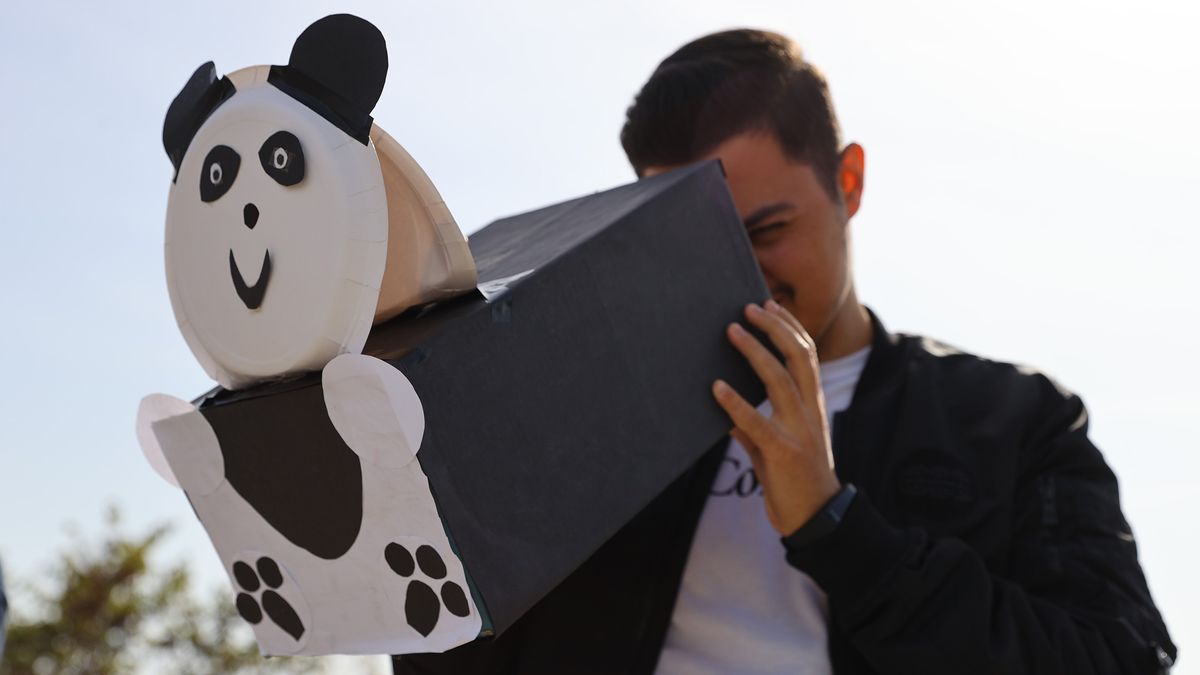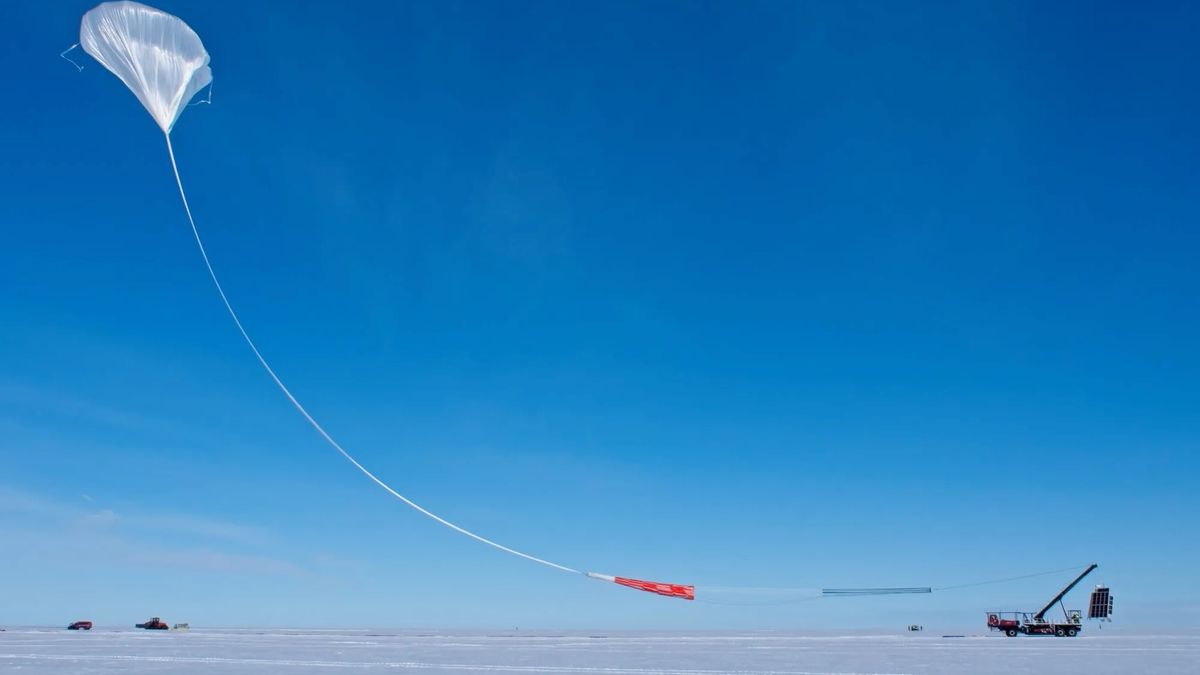Safely Viewing the Solar Eclipse
As we approach the upcoming solar eclipse on April 8, it is crucial to heed the warnings against looking directly at the sun with bare eyes, as blindness could result. While the mainstream media may give the impression that eclipses are dangerous events, it is important to remember that the sun itself poses a constant threat.
Two Approaches to Viewing the Eclipse
There are two primary methods for safely viewing a solar eclipse, each involving specific techniques:
- Indirect Viewing: This approach does not involve directly looking at the sun but instead observing an image of the eclipse.
- Direct Viewing: In this method, viewers can look directly at the sun using specialized filtering devices to protect their eyes from harmful radiation.
If you are unable to access suitable filtration devices, such as eclipse glasses, in time for the event, there are alternative methods for safely experiencing the eclipse through indirect observation.
Alternative Viewing Methods
For those unable to witness the solar eclipse in person or facing cloudy weather conditions, online and television broadcasts will likely provide coverage of the celestial event. Major networks are expected to allocate airtime to this unique phenomenon.
Various everyday objects can also serve as effective eclipse projectors:
- Venetian Blinds: Closed blinds facing the sun can project multiple images of the eclipse onto a nearby surface through their small openings.
- Trees: The gaps between leaves in a densely foliated tree can act as pinholes, creating miniature eclipse images on the ground below.
- Fingers and Straw Hats: Crossing fingers or using the holes in a straw hat can project small eclipse images onto a surface.
While these projection methods offer intriguing visuals, they may lack detail and size. Constructing a pinhole viewer can provide a more detailed view of the eclipse:
To create a simple pinhole viewer, make a small hole in a piece of aluminum foil and attach it to one end of a cardboard box. Place a white screen at the other end to view the projected image of the eclipse. Be cautious not to look directly at the sun through the pinhole.
Another approach involves using mirrors to reflect sunlight onto a screen, creating a clear eclipse image. By adjusting the distance between the mirror and the screen, viewers can enhance the quality of the projected image.
Whether utilizing a pinhole viewer or mirror projection, viewers can experience the solar eclipse safely by following these indirect viewing methods. Remember to avoid looking directly at the sun and take precautions to protect your eyes during this remarkable astronomical event.
Image/Photo credit: source url





